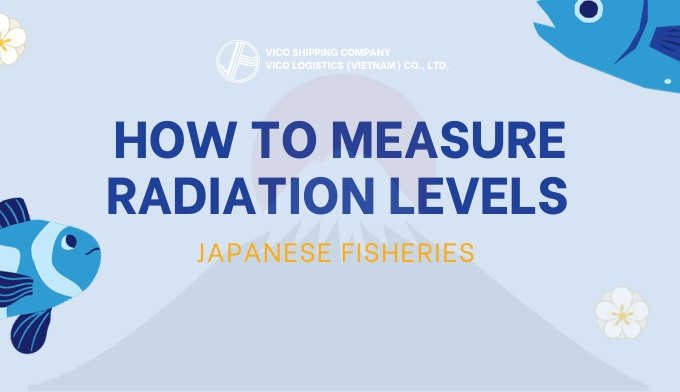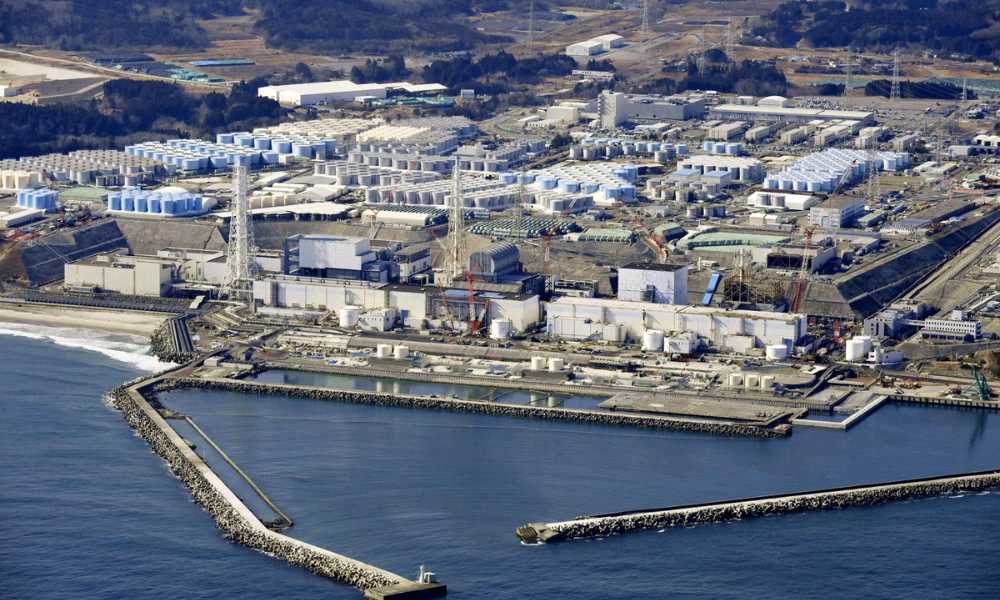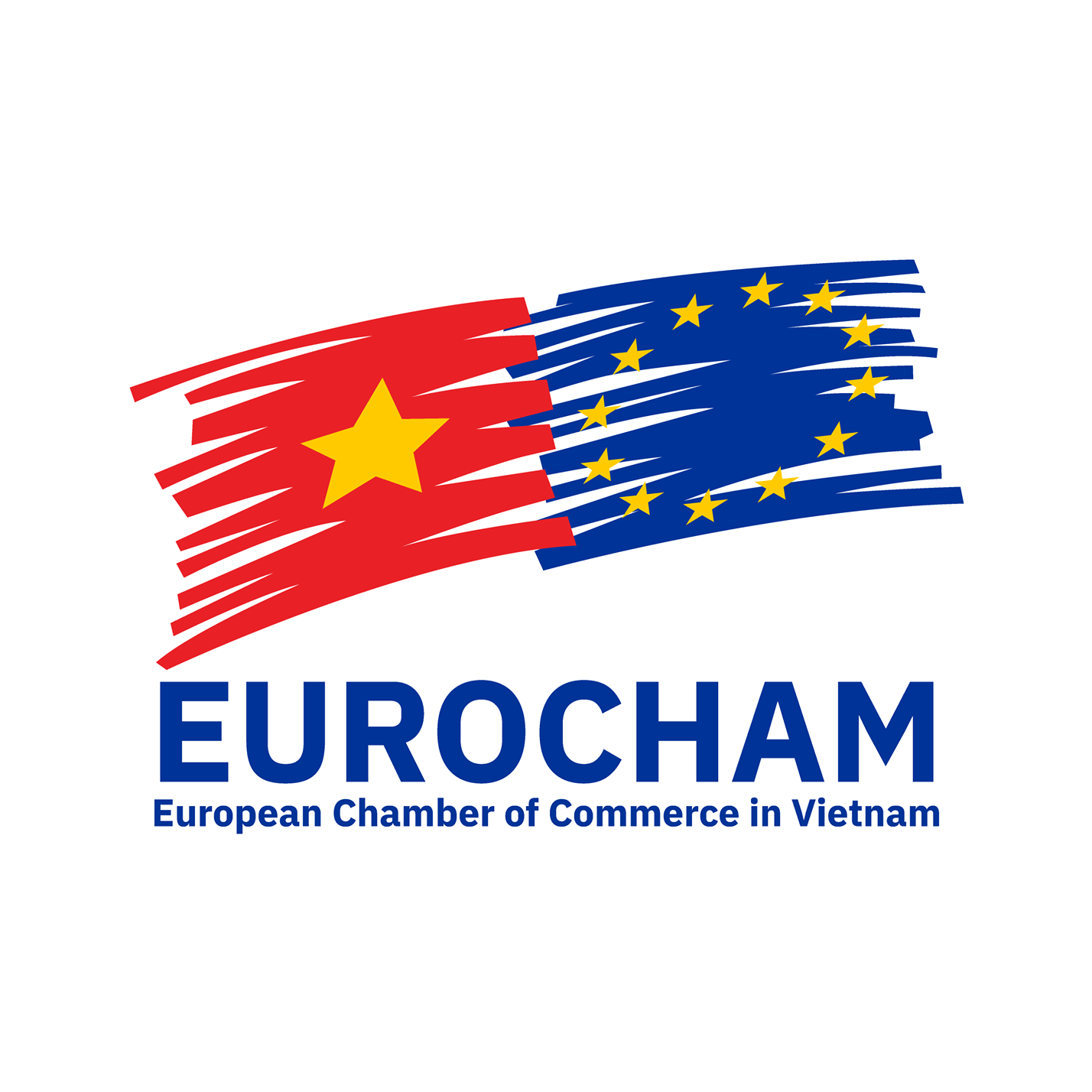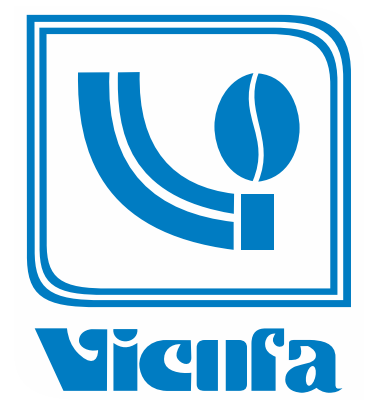
Concerns about seafood safety have long engaged consumers, regulatory bodies, and the seafood industry. While mercury contamination and microplastic pollution have received extensive research, a fresh challenge is on the rise: assessing radiation levels in seafood.
>> Must-Attend Industrial Water Management Exhibitions in Vietnam in 2023
This issue's urgency has intensified following Japan's recent move to discharge processed radioactive water from the Fukushima Daiichi Nuclear Power Plant into the Pacific. In response, numerous countries have enacted bans on seafood imports from Japan, leading to considerable upheaval in the global seafood trade.
The Importance of Measuring Radiation Levels in Seafood Products

The potential health hazards of consuming seafood containing elevated radiation levels are profoundly concerning. Such exposure can lead to a high likelihood of developing cancer, contribute to congenital disabilities, and even damage vital organs. As a result, the imperative to accurately gauge radiation levels in seafood is more critical than ever. This type of assessment serves multiple purposes: it upholds consumer safety by certifying that seafood products are fit for consumption; it fosters international trust in the seafood trade, thereby facilitating imports and exports; and it also aids in the continuous monitoring of marine ecosystems to detect any adverse impacts arising from radioactive contamination.
Methods for Measuring Radiation Levels in Seafood Products
Radiation in seafood can be measured using various techniques, each with its advantages and drawbacks:
- Gamma Spectroscopy: Highly accurate and considered the gold standard for measuring radioactivity. It uses a gamma-ray spectrometer to identify and quantify the radionuclides present.
- Liquid Scintillation Counting (LSC): Used for measuring low-energy beta emitters. While less accurate than gamma spectroscopy, executing is quicker and simpler.
- Geiger-Muller Counter: Useful for quick assessments but offers limited details on the type of radiation present.
- ELISA Kits: While not directly measuring radioactivity, they can identify specific radioactive isotopes in seafood.
Laboratories conducting these tests must be certified and follow strict protocols to ensure the reliability of results.
The Impact of Japan’s Release of Radioactive Water into the Sea
Japan’s decision to release treated radioactive water into the Pacific has met global concern and criticism. The Japanese government has assured that the water is treated to remove most radioactive substances, but skepticism remains.
The major issues stemming from the release include:
- Ecological Impact: Possible harm to marine life in the long term which could endanger various species and disrupt the food chain.
- Consumer Fear: Even if the radiation levels in seafood remain within safety limits, consumer apprehension could severely impact the seafood industry globally.
- Political Strain: Countries bordering the Pacific Ocean have expressed concerns over the release, raising political tensions in the region.
The Wave of Seafood Import Bans from Japan
In the wake of Japan's decision to release treated radioactive water near Fukushima, several nations acted promptly by banning seafood imports from the affected regions. This has unleashed a series of repercussions on Japan's seafood export sector:
- A noticeable economic decline puts financial pressure on communities whose livelihoods are closely tied to fishing.
- Japan is confronting a significant obstacle in regaining international trust regarding the safety of its seafood.
- The import bans have compelled countries to investigate alternative seafood markets, which could lead to a lasting transformation in the dynamics of the global seafood trade.
>> An Opportunity for Export Market Expansion
>> Shipping Garment from Vietnam to Bangladesh
Conclusion
Assessing radiation levels in seafood goes beyond a mere technical requirement; it is a crucial issue impacting public health, economic well-being, and environmental conservation. Japan's discharge of treated radioactive water into the Pacific has raised global alarms, shaking both international trade and consumer trust.
>> Let’s talk logistics sustainability
World leaders and governing bodies must swiftly implement solutions that prioritize human and environmental safety. This could involve adopting more stringent regulations, utilizing cutting-edge radiation measurement methods, or engaging in diplomatic discussions for collaborative action. The situation in Japan acts as a global alarm bell, emphasizing the pressing need for rigorous radiation monitoring in seafood. It highlights the indispensable roles that science and governance play in protecting our planet and its inhabitants.
The call for unified action and heightened vigilance couldn't be more urgent at this moment. We are collectively responsible to ourselves and future generations to make knowledgeable choices and act conscientiously.
---------
VICO LOGISTICS – Indochina Logistics Expert
Premium member of Eurocham, JCtrans, VLA, VCCI,... associations
Owned offices: Hong Kong (headquarter), China (Shenzhen, Shanghai), Vietnam (Ho Chi Minh, Da Nang, Hai Phong).
Follow us for more valuable information
Book now: https://vico.com.hk/#quotation
Contact us: mkt4_hcm@vico.com.hk (For business development)






